Notable Papers and Methods
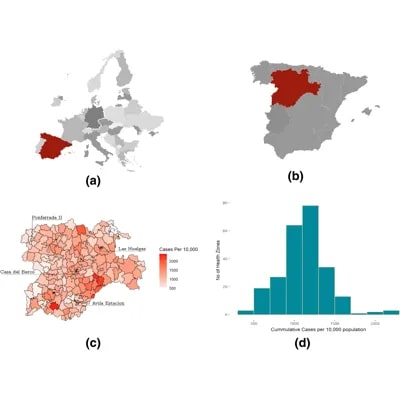
A Bayesian Machine Learning Approach for Spatio-Temporal Prediction of COVID-19 Cases
This paper proposes a Bayesian neural network model for predicting COVID-19 cases across regions and time, incorporating mobility, spatial proximity, and temporal correlations. Tested on data from 245 zones in Castilla-Leon, Spain, it shows strong predictive performance and highlights the role of human movement and local transmission.
https://link.springer.com/article/10.1007/s00477-021-02168-w#
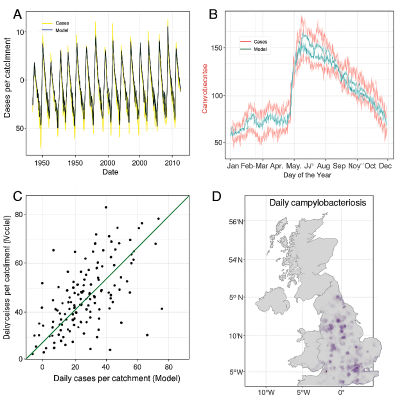
A Mathematical, Classical Stratification Modeling Approach to Disentangling the Impact of Weather on Infectious Diseases: A Case Study Using Spatio-Temporally Disaggregated Campylobacter Surveillance Data for England and Wales
This paper introduces a conditional incidence method to assess weather's impact on infectious disease transmission, using campylobacteriosis as a case study. It finds a 5°C temperature rise (8°–15°C range) increases incidence by 1 case per million people.
https://journals.plos.org/ploscompbiol/article?id=10.1371/journal.pcbi.1011714
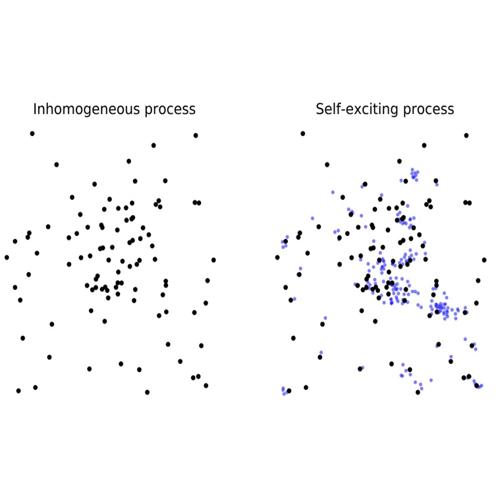
A Review of Self-Exciting Spatio-Temporal Point Processes and Their Applications
This paper reviews the theory, estimation, and inference of STPPs, emphasizing self-exciting models where events cluster around common causes. It also highlights key applications and future research directions.

Agricultural Insecticides Threaten Surface Waters at the Global Scale
This study reveals that agricultural insecticides are contaminating surface waters worldwide at levels that pose significant risks to aquatic biodiversity. The research highlights that current regulatory thresholds are often exceeded, leading to substantial declines in aquatic invertebrate populations.
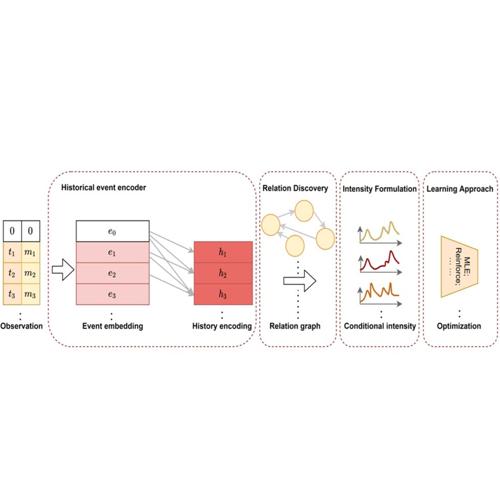
An Empirical Study: Extensive Deep Temporal Point Process
This paper explores neural TPPs, this paper focusing mainly on the temporal point process using deep learning with deep empirical study on the subject.
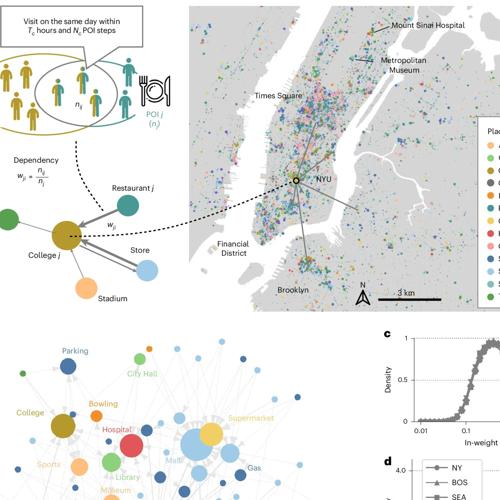
Behaviour-Based Dependency Networks Between Places Shape Urban Economic Resilience
This paper shows how business closures during disruptions affect human mobility and neighboring businesses. Using data from five U.S. cities, it finds behavior-based relationships improve resilience predictions by approximately 40% over distance-based models, emphasizing the role of mobility in urban economic resilience.

Causal Inference with Spatio-Temporal Data: Estimating the Effects of Airstrikes on Insurgent Violence in Iraq
This paper introduces a framework for estimating causal effects in complex spatio-temporal settings, combining Bayesian nonparametrics with a potential outcomes approach. Applied to U.S. airstrikes in Iraq (2007–2008), it finds local reductions in violence but short-term spillover increases nearby, highlighting spatial dynamics of intervention impact.
https://academic.oup.com/jrsssb/article/84/5/1969/7072904?login=false

Child Marriage in Conflict Settings: A Geospatial Analysis
This paper examines how conflict events influence child marriage, using georeferenced conflict data and microdata from over 2 million women across 56 countries. It estimates the impact of conflict occurrence and severity on child marriage rates around the year of marriage.
https://link.springer.com/article/10.1007/s43545-024-00940-7

Comparative Evaluation of Point Process Forecasts
This paper adapts consistent scoring functions and proper scoring rules for evaluating predictive performance in point processes. It presents a comparative study within this framework using a simulated earthquake forecast case study for Italy.
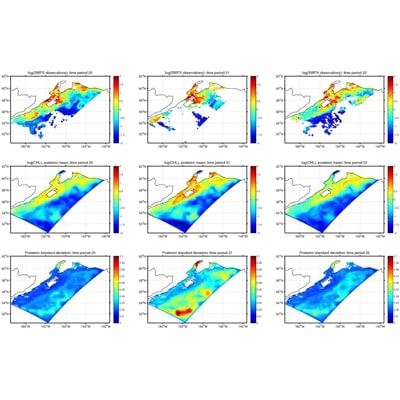
Comparison of Deep Neural Networks and Deep Hierarchical Models for Spatio-Temporal Data
This paper compares hierarchical dynamic spatio-temporal models (H-DSTMs) and deep neural networks for modeling complex spatio-temporal processes. It discusses trade-offs between interpretability and scalability, and explores hybrid models that combine their strengths for high-dimensional, nonlinear data.
https://link.springer.com/article/10.1007/s13253-019-00361-7
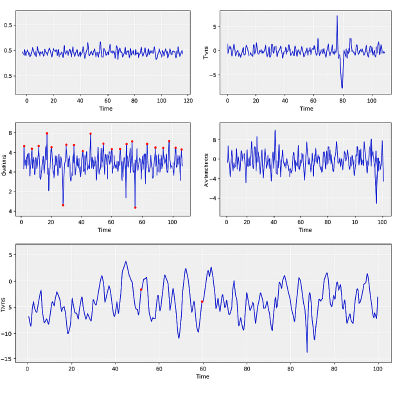
Connection Between Climatic Change and International Food Prices: Evidence from Robust Long-Range Cross-Correlation and Variable-Lag Transfer Entropy with Sliding Windows Approach
This paper analyzes the impact of North Atlantic Oscillation (NAO) index fluctuations on global food prices using daily data (Jan 2020–May 2022). Applying advanced statistical methods, it finds significant short- and long-term correlations and causal links between NAO changes and major crop prices, highlighting NAO's predictive value for food security planning.
https://epjdatascience.springeropen.com/articles/10.1140/epjds/s13688-024-00482-1
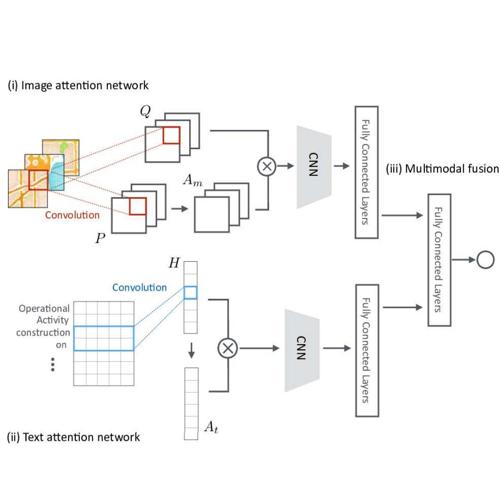
Deep Mixture Point Processes: Spatio-temporal Event Prediction with Rich Contextual Information
This paper introduces DMPP (Deep Mixture Point Processes), a model for predicting spatio-temporal events using high-dimensional context from images and text. It models intensity as a kernel mixture with weights learned by a neural network to capture complex contextual effects.
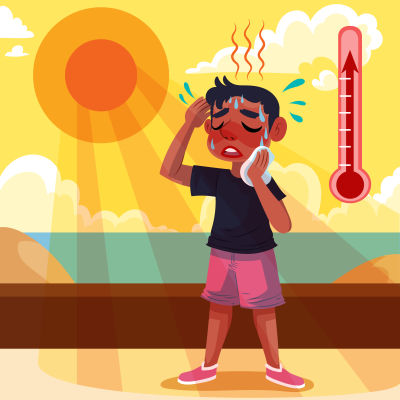
Exposure to Heat and Student Cognitive Functioning
This paper examines the impact of heat exposure on student cognitive performance, revealing that higher temperatures negatively affect test scores, particularly among minority and low-income students. The findings suggest that climate change could exacerbate educational inequalities.
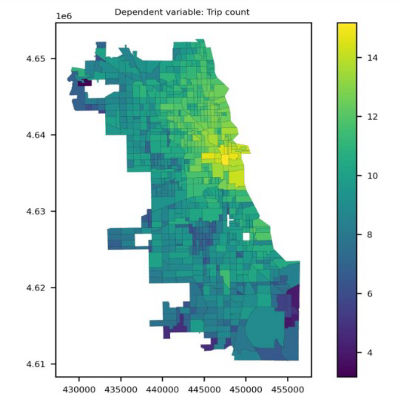
Geographical Gaussian Process Regression: A Spatial Machine-Learning Model Based on Spatial Similarity
This paper presents a spatial machine-learning model that integrates geographical Gaussian process regression with spatial similarity measures. The approach enhances predictive performance in spatial data analysis by accounting for spatial dependencies and similarities.
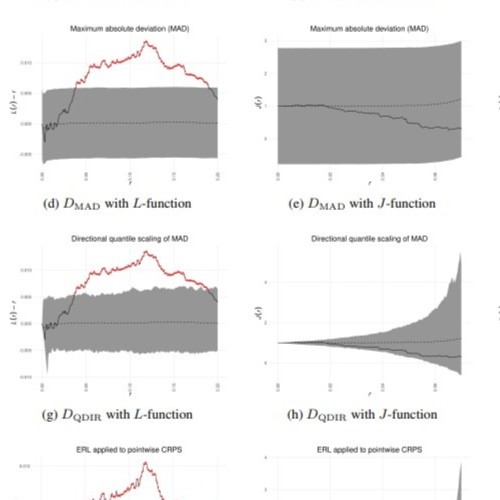
Goodness-Of-Fit Tests for Spatial Point Processes: A Review
This paper reviews state-of-the-art goodness-of-fit tests for spatial point processes, covering classical functional summary statistics and recent methods from topological data analysis.
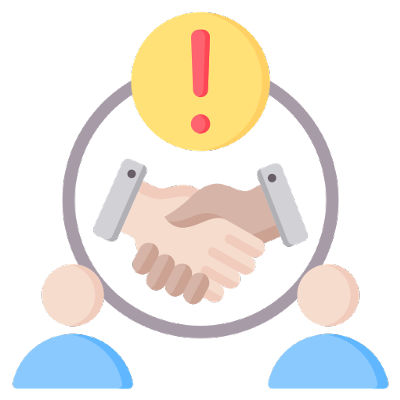
In Data We Trust? A Comparison of UCDP GED and ACLED Conflict Events Datasets
This paper compares two major conflict event datasets UCDP GED and ACLED highlighting differences in scope, definitions, and data collection. Focusing on African case studies, it evaluates coding quality and methodological challenges, including UCDP’s fatality focus versus ACLED’s broader event inclusion.

Integration-free Training for Spatio-temporal Multimodal Covariate Deep Kernel Point Processes
This paper presents DKMPP, a deep STPP model that integrates multimodal covariates and uses scalable denoising score matching for efficient, integration-free training.
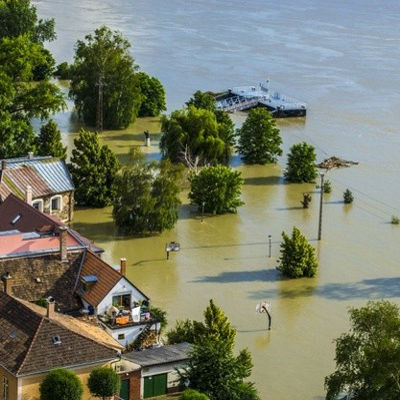
Large Floods Drive Changes in Cause-Specific Mortality in the United States
Analyzing 35.6 million U.S. death records from 2001 to 2018, this study finds that large floods are associated with increased mortality from cardiovascular and infectious diseases, as well as injuries. The research underscores the need for effective public health responses to flooding events.
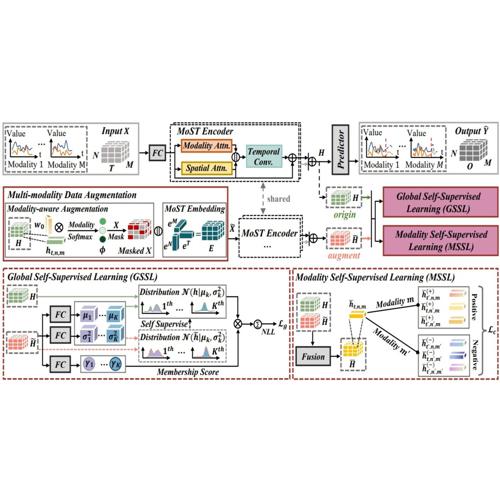
Multi-Modality Spatio-Temporal Forecasting via Self-Supervised Learning
This paper introduces MoSSL, a self-supervised learning framework for MoST data that captures latent temporal, spatial, and modality patterns while handling dynamic heterogeneity. Experiments on two real-world datasets show its superiority over state-of-the-art baselines.
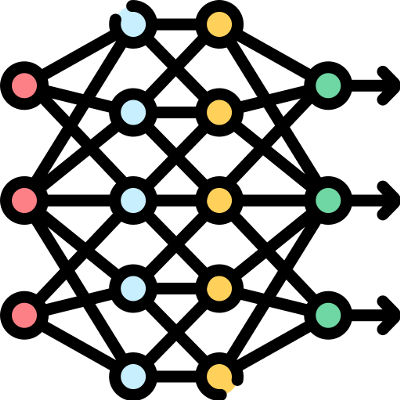
Neural Jump-Diffusion Temporal Point Processes
The paper introduces NJDTPP, a framework that models TPPs using neural jump-diffusion SDEs to flexibly capture complex event dynamics. Neural networks parameterize the SDE components, and the method is evaluated on synthetic and real-world datasets like earthquakes, retweets, and clinical records.
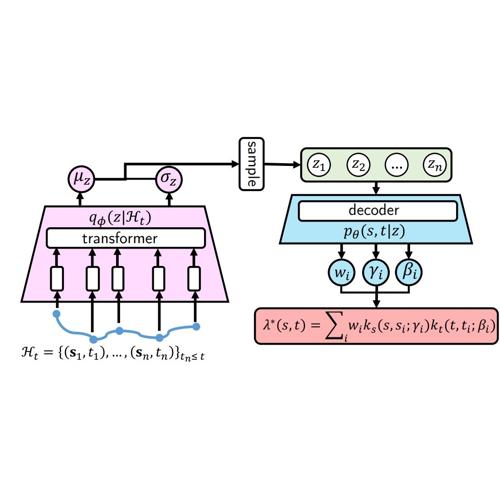
Neural Point Process for Learning Spatiotemporal Event Dynamics
This paper introduces DeepSTPP, a deep dynamics model for forecasting irregular spatiotemporal events using a nonparametric space-time intensity function governed by a latent process.
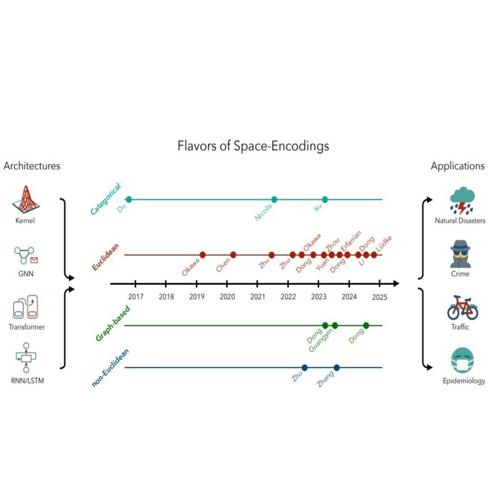
Neural Spatiotemporal Point Processes: Trends and Challenges
This paper reviews STPPs categorizing existing models, unifying key design choices, and highlighting challenges and open problems. It also outlines applications across domains like natural disasters, crime, and traffic.
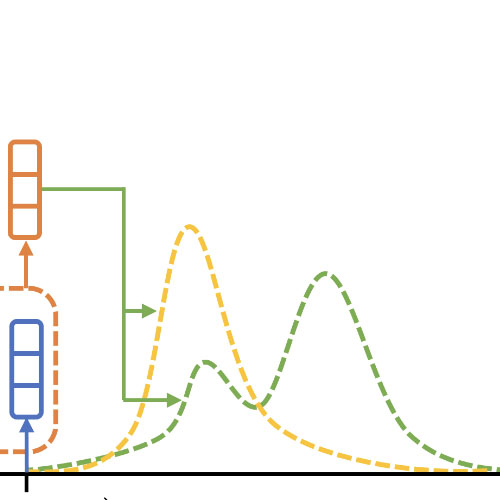
Neural Temporal Point Processes: A Review
This paper examines neural TPPs, focusing on design choices, applications, and key challenges such as the lack of standardized benchmarks and experimental setups for fair model comparison.
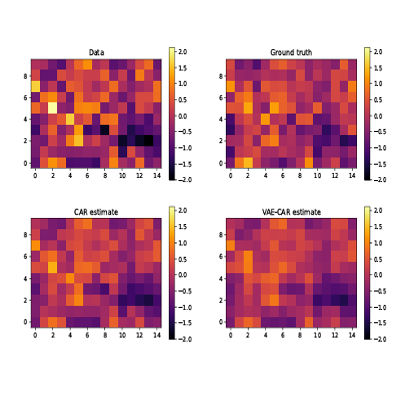
PriorVAE: Encoding Spatial Priors with VAEs for Small-Area Estimation
PriorVAE introduces a novel approach to spatial modeling by using variational autoencoders to approximate Gaussian process priors. This method enables efficient Bayesian inference for small-area estimation tasks, reducing computational complexity while maintaining accuracy.
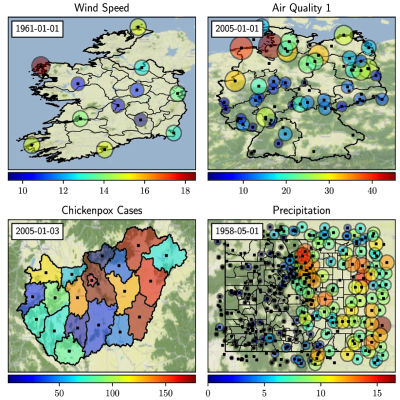
Scalable Spatiotemporal Prediction with Bayesian Neural Fields
This paper presents Bayesian Neural Fields (BayesNF), a model that integrates deep neural networks with hierarchical Bayesian inference for large-scale spatiotemporal data. BayesNF offers accurate predictions with uncertainty quantification and outperforms existing methods in domains like climate and public health. It is implemented in JAX with GPU/TPU support.
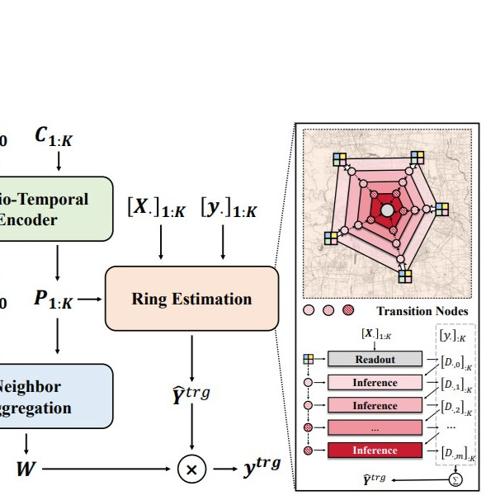
Spatio-Temporal Field Neural Networks for Air Quality Inference
This paper highlights the limitation of graph neural networks and makes a first effort to combine two different spatiotemporal perspectives.
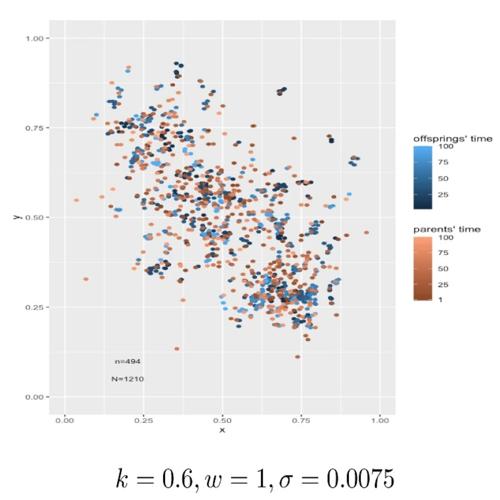
Spatio-Temporal Hawkes Point Processes: A Review
This paper provides background on major aspects of Hawkes processes with a focus on simulation methods and estimation techniques among an overview of stochastic processes and the challenges of Hawkes processes.
https://link.springer.com/article/10.1007/s13253-024-00653-7
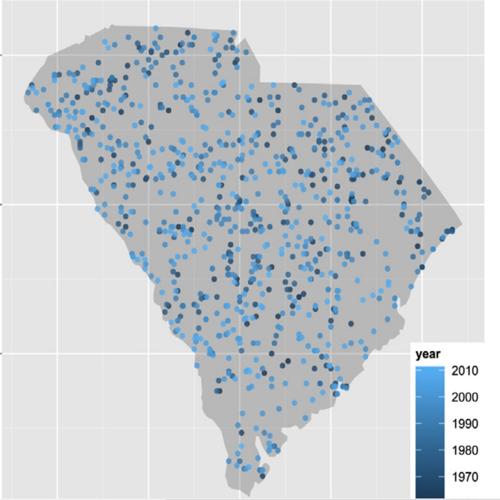
Spatio-Temporal Point Process Statistics: A Review
This paper provides a review describing statistical models and methods for spatio-temporal data. They define characteristics and statistics to uniquely characterize certain spatio-temporal point processes.
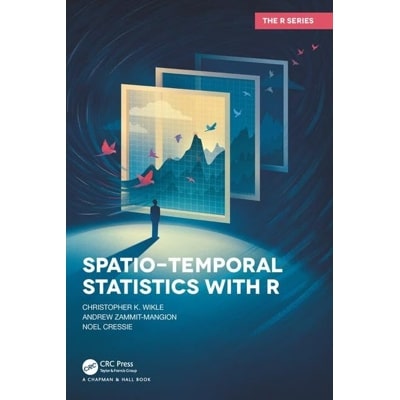
Spatio-Temporal Statistics with R
This book provides an accessible introduction to statistical analysis of spatio-temporal data, with hands-on applications of the statistical methods using R Labs found at the end of each chapter.

Statistical Deep Learning for Spatial and Spatiotemporal Data
This paper provides a review of traditional and machine learning spatial and spatial-temporal data with a focus on a variety of hybrid models that integrate statistical models with deep learning models and gives an overview of computational technologies that have proven useful.

Statistics for Spatio-Temporal Data
This book provides a comprehensive guide to modeling data across space and time using hierarchical statistical methods. It covers foundational concepts, exploratory techniques, and advanced spatio-temporal models, with practical applications in environmental science, climate studies, and public health.
https://download.e-bookshelf.de/download/0004/0172/80/L-G-0004017280-0009119041.pdf

Toward Causal Inference for Spatio-Temporal Data: Conflict and Forest Loss in Colombia
This paper discusses how armed conflict influences tropical forest loss. In this study, they propose a class of causal models for spatio-temporal stochastic processes, which allows one to formally define and quantify the causal effects.
https://www.tandfonline.com/doi/full/10.1080/01621459.2021.2013241#abstract

Worse Weather Amplifies Social Media Activity
This paper investigates how environmental factors affect online social activity using over 3.5 billion Facebook and X posts in the U.S. It finds that extreme temperatures and precipitation independently increase social media use, with compounded weather extremes amplifying the effect.